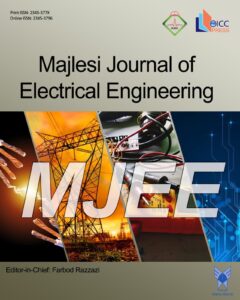An Experimental Study Followed by a Development and a Comparison of Regression Models for Predicting TJ Electric Discharge in Insulators
Authors
Abstract
Analyzes of electric discharge are sometimes tedious and relatively expensive. To overcome this problem, some scientists are working on variance analysis projects. The article presents the results of an electric discharge experiment performed on silicone, porcelain and heat tempered glass insulators at Triple Junction (TJ). The objective of this study is to develop a polynomial and Gaussian simple regression model (Polynomial Simple Linear Regression (SLR) model and Gaussian simple nonlinear regression model) considering different parameters by analyzing the observed quantitative data. The dependent variable or variable to be explained (discharge current) is a function of four independent variables (explanatory variables): voltage application time (t), solid insulator surface condition: net surface (t’), worn rubbed surface with sandpaper (t’’) and active electrode diameter (diam). Indeed, this study sets up precise prediction models generating good estimates of the studied variables values. A polynomial SLR model is proposed capable of predicting electric discharge with an adjusted coefficient of determination (R2 adj) of 0.9774 for t and t’, 0.9773 for t” and 0.9945 for diam. While (R2 adj) for the Gaussian model reaches 0.9989 for t and t’, 0.9998 for t’’. By considering this, these models are strongly recommended to better understand and characterize the discharge and contribute to the improvement of the insulation and its design for better optimization and high performance.



